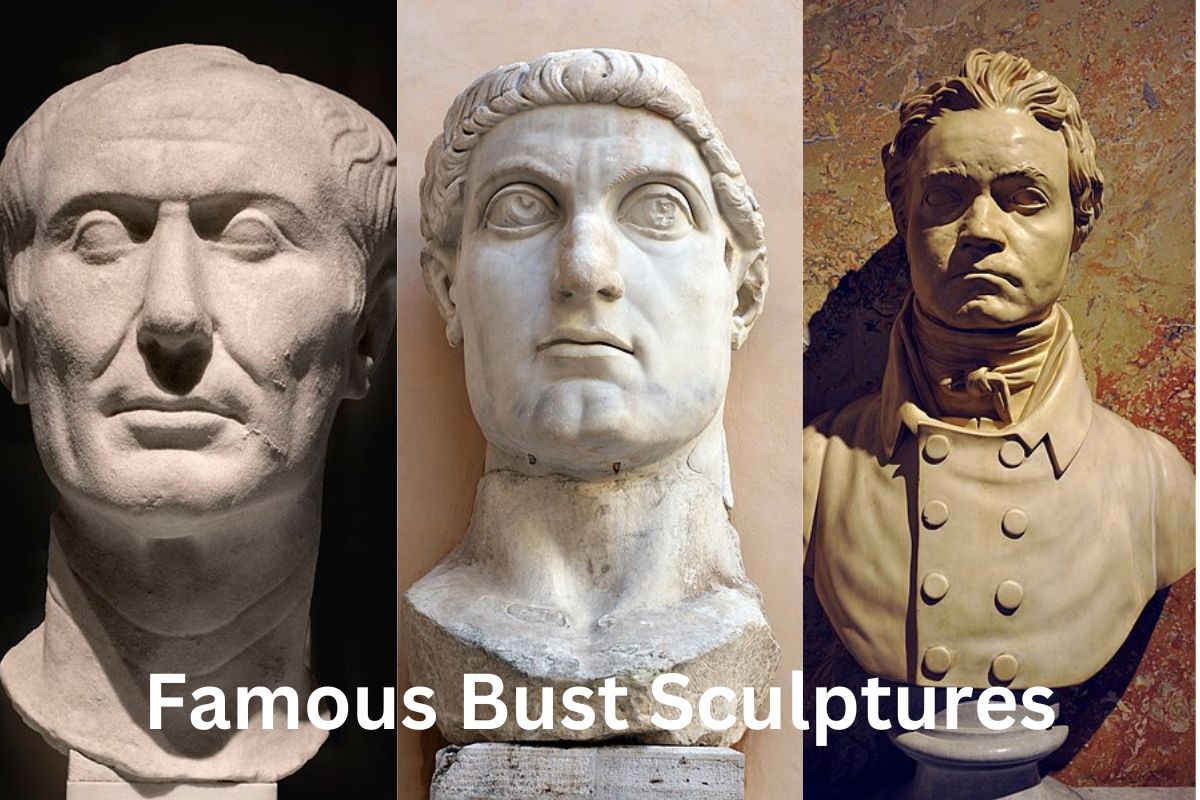Bust sculptures are three-dimensional representations of the upper part of the human body, typically from the shoulders up to the head.
Busts have been created for thousands of years, with examples found in ancient Greek, Roman, and Egyptian art.
Busts were often created to depict important individuals, such as rulers, leaders, and celebrities, and were used as a means of commemorating their achievements and commemorating their memory.
Busts have been made from a variety of materials, including marble, bronze, plaster, and wood, and can vary in size from small-scale portrait miniatures to monumental works that stand several feet tall.
Bust sculptures remain popular today and can be found in art galleries, museums, and public spaces around the world, serving as powerful symbols of the people and events they represent.
Famous Bust Sculptures
1. The Bust of Nefertiti
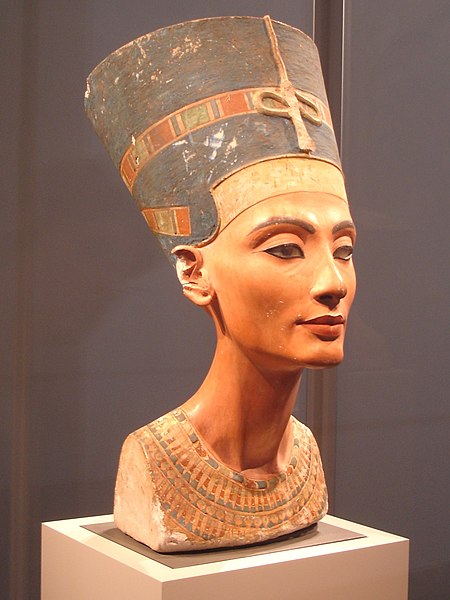
The Bust of Nefertiti is a famous ancient Egyptian sculpture believed to have been created in the 14th century BCE.
The bust depicts the queen Nefertiti, wife of the pharaoh Akhenaten, and is made of limestone and plaster. The sculpture is notable for its exquisite beauty and lifelike detail, with Nefertiti’s delicate features and regal posture captured in stunning detail.
The Bust of Nefertiti is now housed in the Neues Museum in Berlin, Germany, and is considered to be one of the most important works of ancient Egyptian art.
The sculpture is a powerful symbol of the beauty and elegance of ancient Egyptian culture, and has become an iconic image in art and popular culture.
2. Bust of Beethoven – Franz Klein
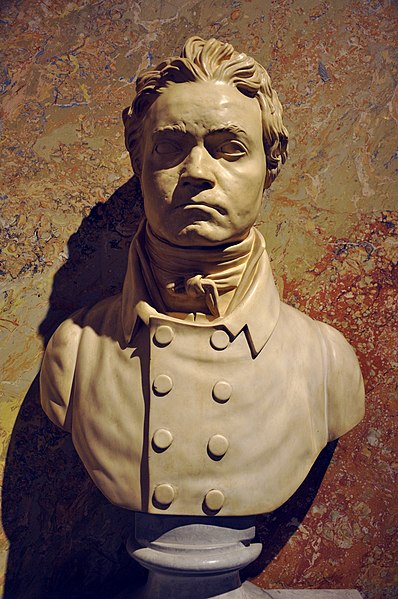
The Bust of Beethoven is a famous bust sculpture of the renowned composer Ludwig van Beethoven, created by the German sculptor Franz Klein in 1812.
The sculpture is made of plaster and depicts Beethoven with a serious and contemplative expression, with his hair flowing down over his shoulders. The Bust of Beethoven is notable for its lifelike detail, with Klein capturing the individual wrinkles and creases in Beethoven’s face and clothing.
The sculpture is now housed in the Beethoven-Haus museum in Bonn, Germany, and is considered to be one of the most important pieces in the museum’s collection.
The Bust of Beethoven is a powerful symbol of the composer’s enduring legacy, and a testament to the lasting impact of his music on generations of musicians and music lovers.
3. The Tusculum Portrait
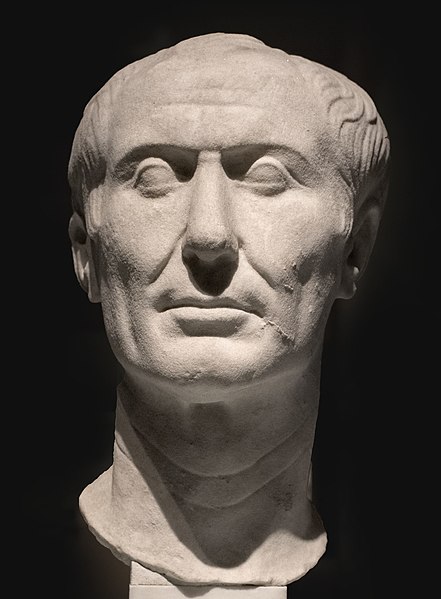
The Tusculum portrait is a bust sculpture of Julius Caesar believed to have been created during his lifetime or shortly after his death in 44 BCE.
It is considered to be one of the most accurate depictions of Caesar and is believed to be a copy of an original bronze sculpture that Caesar himself may have commissioned. The bust is made of marble and was discovered in the ruins of a villa in Tusculum, Italy in the 16th century.
The Tusculum portrait depicts Caesar with short, curly hair and a prominent brow, with the scars on his face that he received during battles being clearly visible.
The sculpture is regarded as an important historical artifact and has been studied extensively by scholars to gain insight into the physical appearance of Julius Caesar.
4. Shattered Head – Eduardo Paolozzi
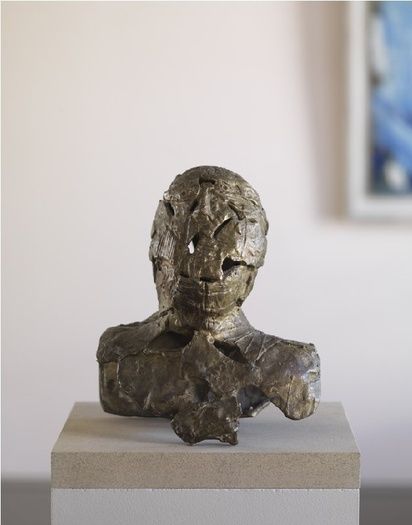
Shattered Head is a bust created by the Scottish artist Eduardo Paolozzi in 1956. The sculpture is made of bronze and depicts a fragmented and distorted human head.
The head is broken into several pieces, with jagged edges and visible seams between the fragments. The sculpture is intended to convey a sense of the fractured and fragmented nature of modern society, and reflects Paolozzi’s interest in the relationship between technology and humanity.
The Shattered Head is considered to be one of Paolozzi’s most important works, and has been exhibited in galleries and museums around the world.
The sculpture is regarded as an important example of modern art, and is a powerful symbol of the anxieties and uncertainties of the post-World War II era.
5. The Medici Busts
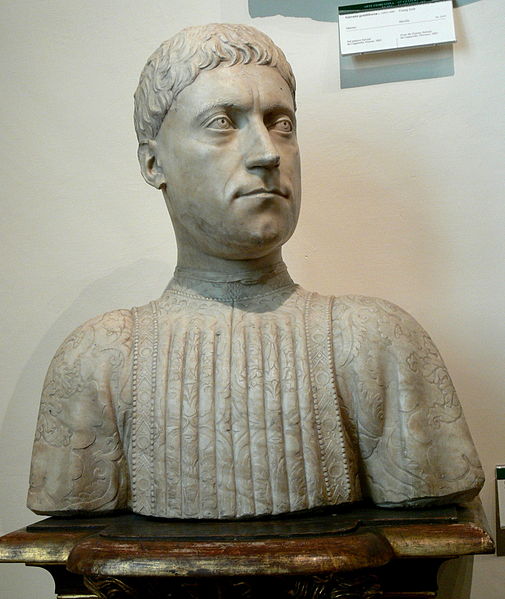
The Medici busts are a collection of sculptures commissioned by the Medici family during the 15th century. The busts depict various members of the family, as well as notable figures of the time, and are considered to be some of the most beautiful examples of Renaissance art.
The busts were created by a number of famous sculptors, including Donatello, Verrocchio, and Desiderio da Settignano.
The Medici busts are notable for their lifelike detail, with the sculptors capturing the individual personalities and characteristics of each subject.
The busts were originally displayed in the Medici palace in Florence, and were later moved to the Uffizi Gallery, where they remain on display to this day.
The Medici busts are an important part of the history of Renaissance art, and have had a lasting influence on sculpture and portraiture.
6. Monumental Head of Balzac – Auguste Rodin
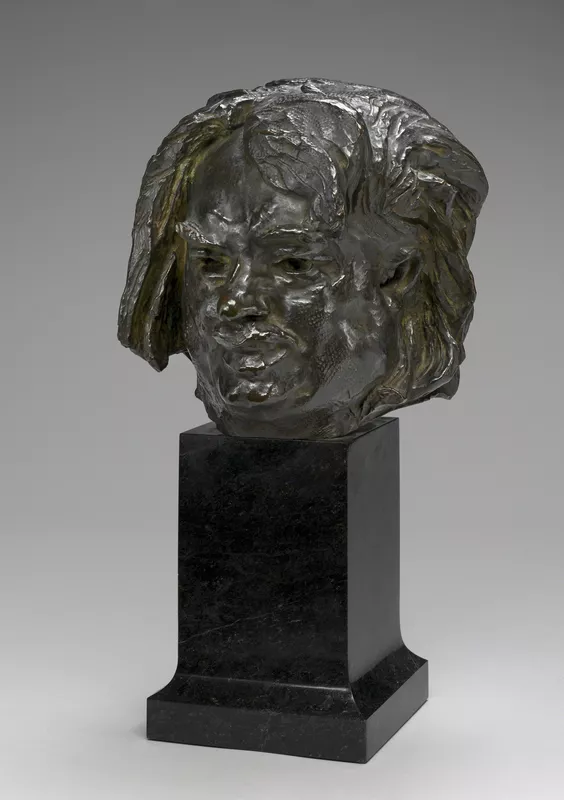
Auguste Rodin was a French sculptor known for his expressive and emotive works. One of Rodin’s best sculptures is the Monumental Head of Balzac, which he created in 1897.
The sculpture depicts the French writer Honoré de Balzac, and is notable for its unconventional portrayal of the subject.
Rather than depicting Balzac as a handsome and idealized figure, as was common in traditional portraiture, Rodin chose to portray him as an unattractive and flawed character, with deep wrinkles and a large, bulbous nose.
The sculpture was initially controversial, with many critics finding it ugly and grotesque, but it has since come to be recognized as a masterpiece of modern art.
The Monumental Head of Balzac is now housed in the Musée Rodin in Paris, France, and is regarded as one of the most important works in the sculptor’s oeuvre.
7. The Pericles Bust
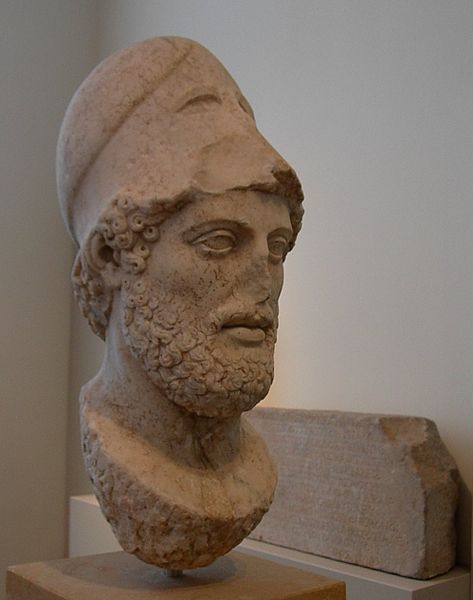
8. Colossus of Constantine
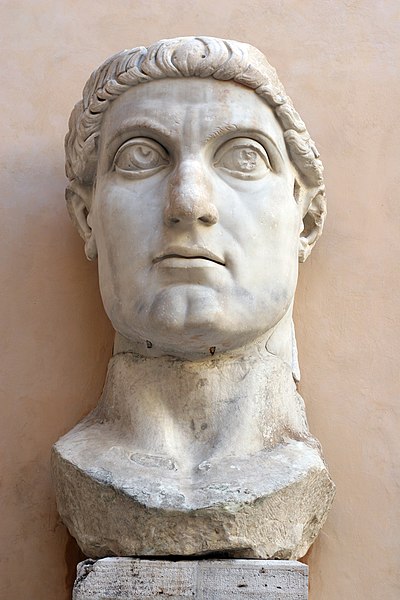
The Colossus of Constantine is a giant statue of the Roman Emperor Constantine that was located in the Basilica of Maxentius and Constantine in the Roman Forum.
The statue was created in the early 4th century CE, shortly after Constantine’s victory over Maxentius at the Battle of the Milvian Bridge in 312 CE. The Colossus stood over 40 feet tall and was made of marble, with a bronze head and hands.
It depicted Constantine in a heroic pose, holding a spear in one hand and a globe in the other. The statue was intended to convey Constantine’s military might and his status as the first Christian emperor.
Over time, the Colossus fell into disrepair and was eventually dismantled and used for other purposes. Today, only fragments of the statue remain, but it is still considered to be an important piece of Roman art and a symbol of Constantine’s legacy.
9. Portrait Bust of Julius Caesar
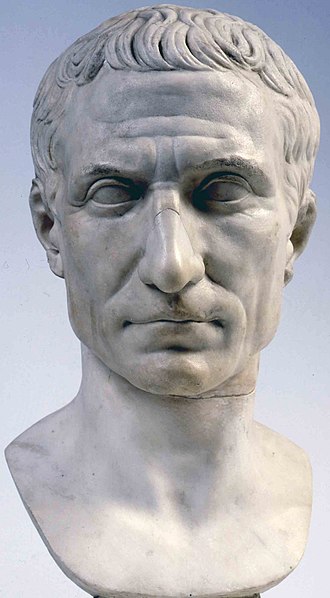
The Portrait Bust of Julius Caesar is a famous Roman sculpture that is believed to have been created between 30-20 BCE, during the reign of Caesar Augustus.
The bust is made of marble and is now housed in the Vatican Museums in Rome, Italy. The sculpture depicts Julius Caesar with a serious and thoughtful expression, with a prominent brow and a strong jawline.
The sculptor has paid particular attention to Caesar’s facial features, capturing his wrinkles, his thinning hair, and his bald spot. The bust is notable for its realism and its attention to detail, making it one of the most celebrated examples of Roman portraiture.
The Portrait Bust of Julius Caesar is an important historical artifact and a powerful symbol of Caesar’s enduring legacy as one of the most influential figures in Roman history.
10. The Portrait of Octavian
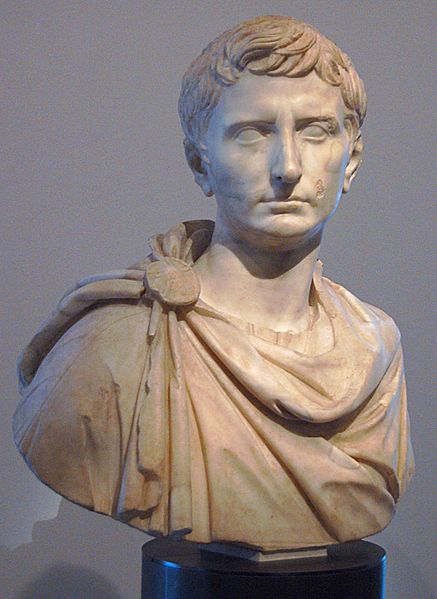
The Portrait of Octavian is a famous Roman sculpture created during the period 35-29 BCE. It is made of marble and is currently housed in the Capitoline Museum in Rome, Italy.
The sculpture depicts Octavian, who later became the Roman Emperor Augustus, at a relatively young age, likely in his early 20s.
The portrait is notable for its lifelike detail, with the sculptor capturing Octavian’s youthful features, including his wavy hair, broad forehead, and intense gaze.
The Portrait of Octavian is an important piece of Roman art and a powerful symbol of the rise of Augustus to power, which marked the beginning of the Roman Empire.

